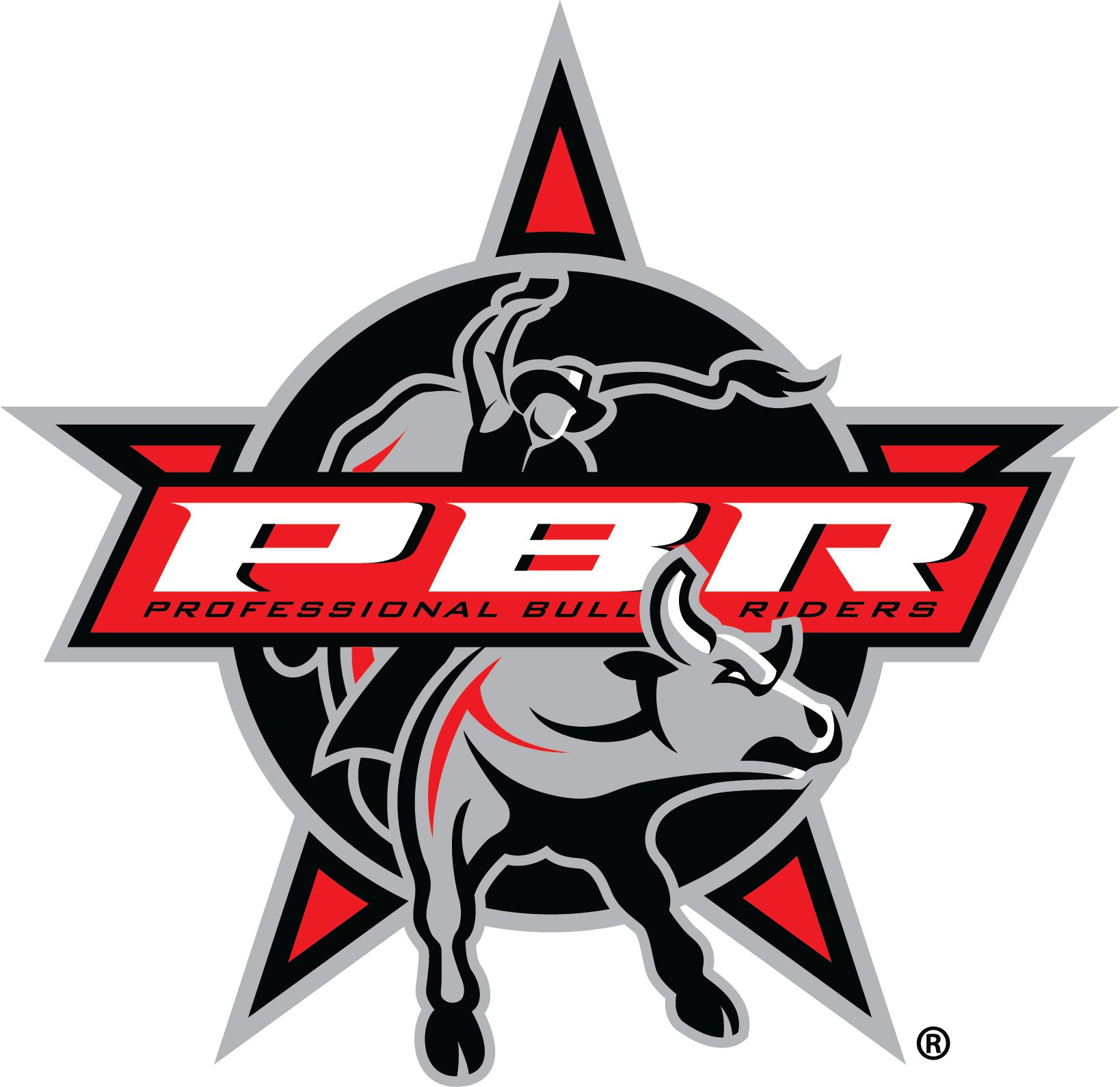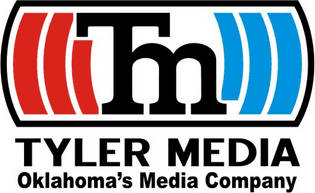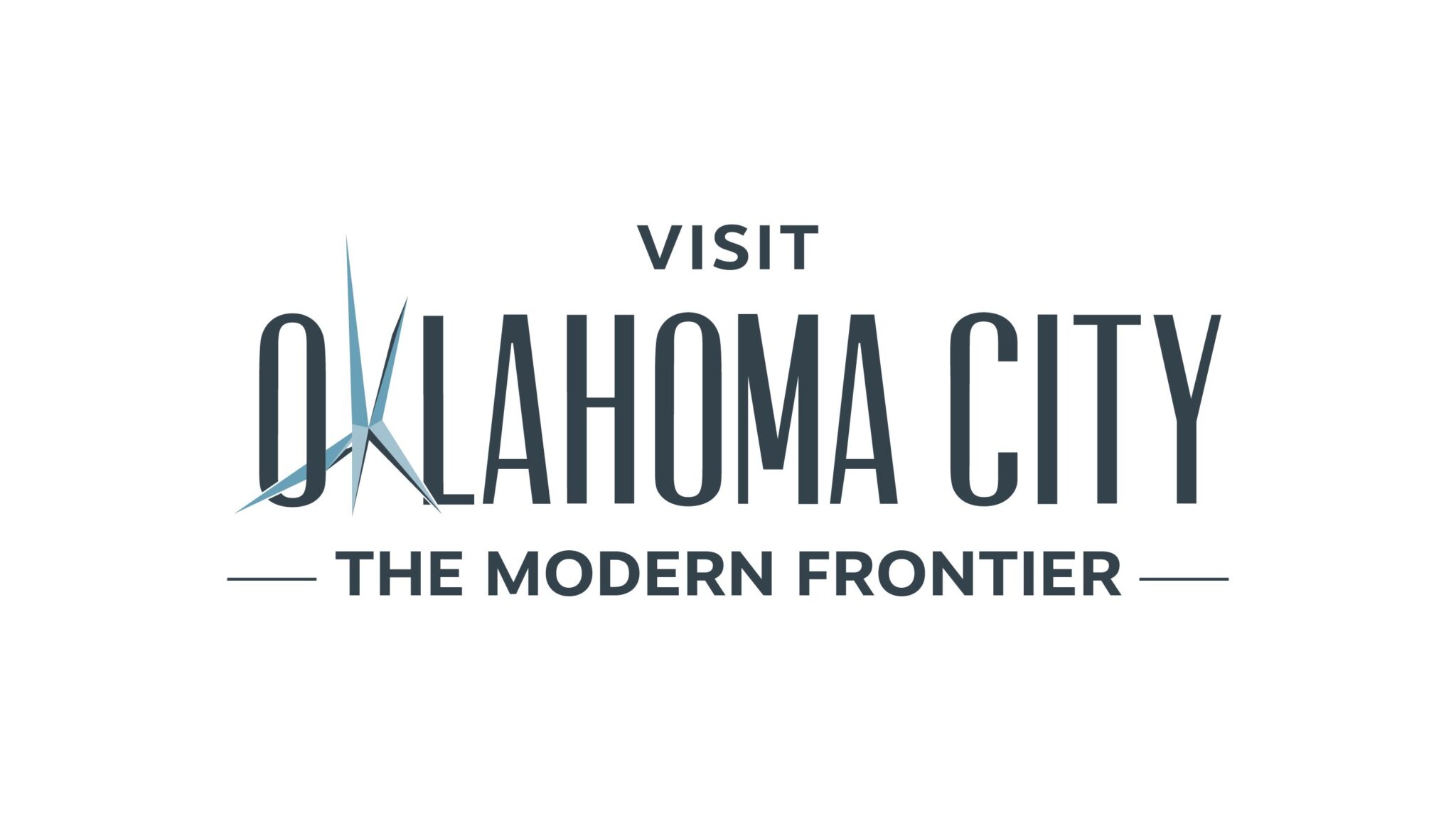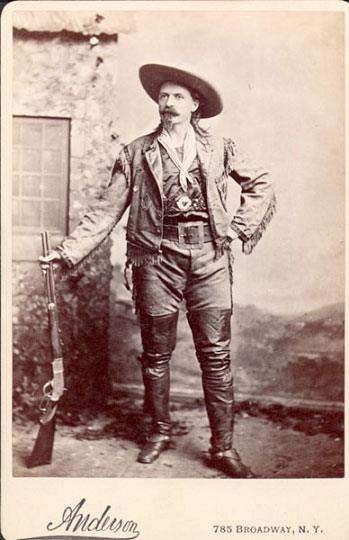
Intro
About Buffalo Bill, one historian wrote, “The life of this hero and showman embodies the desire for history to become myth and myth to become history.” Another wrote, “Buffalo Bill the character was first a fiction created to symbolize the ‘Wild West.'”
Pony Express rider, Army scout, and buffalo hunter, William Frederick Cody (1846-1917) came to embody the spirit of the West as the living legend called Buffalo Bill. The man who gave the “Wild West” its name, Cody cultivated and nurtured the Buffalo Bill persona through his four-hour Wild West show that traveled throughout the United States and Europe during its 30 year run. Popular media, particularly dime novels and weeklies, along with Cody’s marketing and advertising genius combined to form, craft and exploit myths about Buffalo Bill and his West. Arguably for his time the most famous man in the world, Buffalo Bill epitomized popular, mass entertainment. Spanning decades, his international popularity can be compared to that of Elvis Presley of the 1950s, The Beatles of the 1960s, and Michael Jackson of the 1980s.
This man-to-myth-through-media evolution is explored here through commentary and popular western imagery. Ironically, motion pictures would at once supplant in part the Wild West Show and continue to commercially exploit the myth that was Buffalo Bill. A cautionary tale on how media can influence perceptions and understandings about people and events is demonstrated as well.
Being William F. Cody
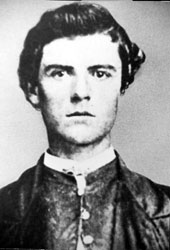
William Frederick Cody was born in LeClair, Iowa on February 26, 1846 and moved with his family near Fort Leavenworth in Kansas. Upon the death of his father in 1857 Cody was employed variously as an ox team driver and served as a messenger for the firm Russell, Majors, and Wadell, which later founded the famous Pony Express. Cody was probably one of its riders for a few months in 1861. According to legend, he once covered 300 miles in a little over 21 hours, using 20 horses. The Pony Express met its demise on October 24, 1861 when the new telegraph service across the West was connected coast to coast.
The young Cody gained experience as an assistant wagon master on trips to Fort Laramie and Fort Bridger, Wyoming. Besides being an experienced stagecoach driver and covering the route from Plum Creek (Lexington) to Fort Kearny in Nebraska, Cody prospected for gold in the Pike’s Peak rush of 1858-1860.
In 1864, Cody enlisted in the Seventh Kansas Volunteer Cavalry. He also did some horse thievery and fought against the South during the Civil War. In St. Louis, he met Louisa Frederici and married her on March 6,1866. For a while, the couple ran a hotel business named the Golden Rule House in Salt Creek Valley, Kansas. During their rocky marriage in which Cody would unsuccessfully sue for divorce in 1905, Louisa bore him three girls, Orra, Arta, and Irma and a son, whom Cody named Kit Carson after the famous scout.
In 1867 Cody abandoned the hotel business when the Kansas Pacific branch of the Union Pacific Railroad offered him the job of procuring meat for its construction workers. It was here for the next year and a half that Cody earned his sobriquet of “Buffalo Bill” by delivering twelve bison a day. Estimates are that he killed more than 4,000 in one eight-month period. Cody nicknamed his .50-70 caliber rifle Lucretia Borgia after the daughter of Pope Alexander VI, who was rumored to have assisted in various poison plots conducted by her family.
Cody’s abilities and experience as a guide, horseman, and plainsman were noticed by Lt. Gen. Philip Sheridan when he hired him as Chief of Scouts for Gen. Eugene Carr’s U.S. Fifth Cavalry in 1868. He held this Army position for four years. Serving as a dispatch rider as well, Cody had over a dozen encounters with hostile Indians, a well-known one being the Battle of Summit Springs in the Colorado Territory, July 11, 1869. Though a controversial exploit, the standard version is that Buffalo Bill spotted a fine horse that an Indian sub-chief named Tall Bull was riding, killed the Indian from ambush and took his mount. Cody named the steed Tall Bull, ran it in a number of private races, and won a considerable amount of prize money.
Becoming Buffalo Bill
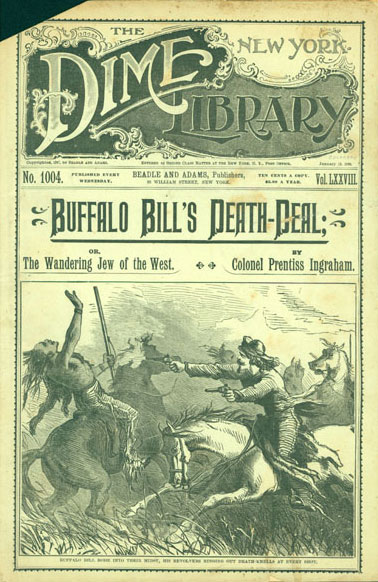
On December 23, 1869 the media-driven mythification of Cody to Buffalo Bill began with the publication of the serialized story Buffalo Bill, the King of the Border Men in Street & Smith’s New York Weekly. Its author was the popular romance writer Ned Buntline (nee Edward Zane Carroll Judson) who had met Cody earlier in Fort McPherson, Nebraska. It would be the first of more than 1700 stories about Buffalo Bill. Although newspaper stories credit Buntline with the great majority, it was Colonel Prentiss Ingraham who wrote the most Cody novels between 1882 and 1904. Ingraham staged a highly successful play about Buffalo Bill, called Knight of the Plains, or Buffalo Bill’s Best Trail for the tour of 1879. By 1884 he also served Cody as an advance agent for the Wild West Show. It is obvious that Ingraham’s Buffalo Bill stories served dual purposes of providing entertainment that fueled the imagination and of advertising and promoting Cody’s Wild West show.
The year 1872 was an eventful one for Cody. In January he guided the hunting party of the Grand Duke Alexis, a member of the Russian royal family. The party included Texas Jack Omohundro, General Sheridan, and General George Armstrong Custer. In April he was awarded the Congressional Medal of Honor for gallantry in action at Platte River, Nebraska (the 1869 Battle of Summit Springs). Finally, Ned Buntline persuaded Cody to assume the romanticized role of Buffalo Bill on stage by starring in his play, The Scouts of the Plains, which opened in Chicago on December 17, 1872 and co-starred Texas Jack. In 1873 Wild Bill Hickok joined Texas Jack and Buffalo Bill on stage. The traveling theatrical troupe called the Buffalo Bill Combination was formed. Despite a falling out with Buntline, Cody remained an actor for eleven seasons.
Shortly after Custer was killed at Little Big Horn on July 17, 1876, Cody with the Fifth Cavalry encountered Indians near Hat Creek a short distance from War Bonnet Creek (the erroneously designated site of the battle) in northwest Nebraska. Cody killed Yellow Hair, a Cheyenne chief and supposedly scalped him, held the scalp up, and declared, “The first scalp for Custer.” For a time, the scalp was employed as an advertising display item for Cody’s Wild West Show.
In 1877 Cody established a ranch near North Platte, Nebraska and named it Scouts Rest Home. In 1882, to celebrate the Fourth of July, Cody put on the “Old Glory Blowout” at his ranch. It is heralded as the beginning of rodeo and considered a trial run for his Wild West Show.
Being Buffalo Bill
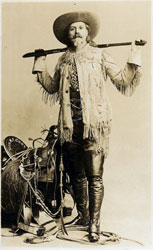
On May 19, 1883, Cody opened his Wild West Show in Omaha, Nebraska and took the show on tour throughout the United States for the next three years. One writer describes Cody, “As Buffalo Bill, he was an integral part of the action and made a grand entrance astride his white charger with flowing hair, sporting a full mustache and goatee. He wore black thigh-high boots, beaded gloves, a fringed jacket, and an oversized Stetson hat. Waving it as he made a sweeping bow to the crowd, he always brought the house to its feet, in anticipation of what was to come. Cody was every ounce the showman, driving a stage at breakneck speed and, with a shotgun, blasting glass balls thrown in the air while riding full gallop on his horse.”
Beginning her 17-year tour with the show, the diminutive sharpshooter “Little Sure Shot”Annie Oakley joined Cody in 1884. The successful, well-publicized show drew nearly 1,000,000 fans and net profits reached $100,000 in 1885, the year that Sitting Bull joined the show for a season. In 1887 Cody introduced Europe to the Wild West at the American Exhibition in London, the year of Queen Victoria’s Golden Jubilee marking the fiftieth anniversary of her accession. Attendance ranged from 20,000 to 40,000 per day. Thereafter, the show would make regular tours to Europe until 1906. In 1893, the Wild West show opened next to the World’s Columbian Exposition in Chicago and was a great success. At the turn of the century Buffalo Bill was probably the most famous and most recognizable man in the world. His fame and legendary status grew to the point that posters appearing in a town in advance of the Wild West, showed only his picture imposed on a charging buffalo; beneath it were just two words: I’M COMING!
By 1907 the Wild West Show was at a turning point when financially it began to falter due to indebtedness. Cody merged his show with that of Pawnee Bill’s Great Far East show in 1908 and for a time the combined shows were a financial success. In 1910, he began a series of Farewell tours that took nearly three seasons to complete. By 1913 Cody was overextended financially with bad investments and suffered privately in his health and spirit. He merged his show with the Sells-Floto Circus and established the Col. W. F. Cody Historical Picture Co. to produce short films about the Indian wars. On November 11, 1916 the 70-year old, unhealthy Cody made his final appearance with the Miller Brothers and Arlington 101 Ranch Wild West at Portsmouth, Virginia.
By the end of the first week of the new year, a death watch began for Cody. On January 10, 1917 Cody died of uremic poisoning due to kidney failure in Denver, Colorado. Pawnee Bill, a man that perhaps knew Cody the man as well as anyone could, wrote, “Time smoothes everything. Buffalo Bill died my friend. He was just an irresponsible boy.”
Images
 Photographs |
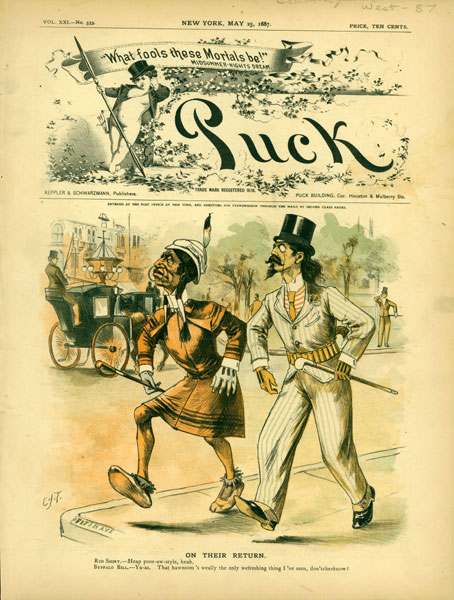 Political Cartoons |
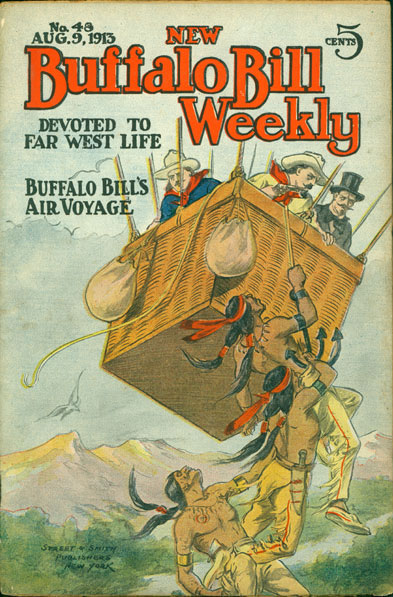 Dime Novels & Weeklies |
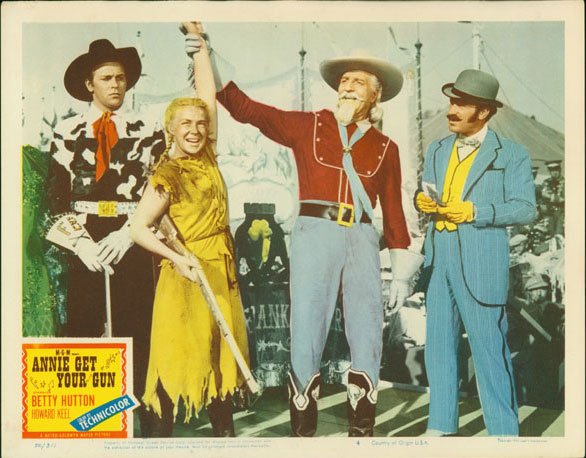 Movies |
Bibliography
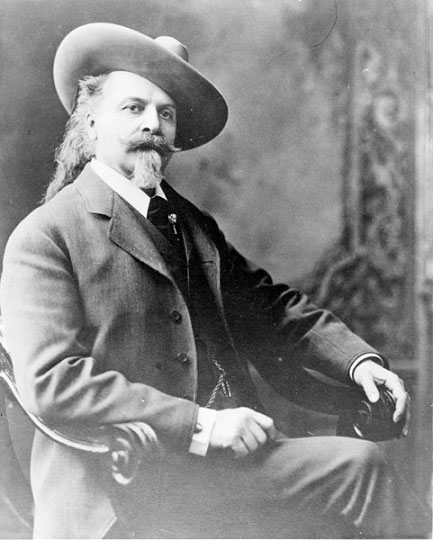
Robert E. Bonner. William F. Cody’s Wyoming Empire: The Buffalo Bill Nobody Knows (Norman: University of Oklahoma Press, 2007)
Buffalo Bill. The life of Hon. William F. Cody, known as Buffalo Bill, the famous hunter, scout, and guide : an autobiography. (Hartford, Conn. : Frank E. Bliss, 1879)
Buffalo Bill. The business of being Buffalo Bill : selected letters of William F. Cody, 1879-1917 (New York, NY : Praeger, 1988)
Buffalo Bill Historical Center. William Frederick Cody (1846-1917) http://www.bbhc.org/bbm/biographyBB.cfm
Joshua Johns. Buffalo Bill’s Wild West Show (University of Virginia, 1995 )http://xroads.virginia.edu/~HYPER/HNS/BuffaloBill/billmyth.html ;http://xroads.virginia.edu/~HYPER/HNS/BuffaloBill/home.html &http://xroads.virginia.edu/~HYPER/HNS/BuffaloBill/realbill.html
Joy S. Kasson. Buffalo Bill’s Wild West : celebrity, memory, and popular history (New York, NY : Hill and Wang, 2001)
Gerald F. Kreyche “Buffalo Bill: the American West incarnate” USA Today (Magazine) 7/1/2002http://www.encyclopedia.com/doc/1G1-90683559.html
PBS/WETA. William F. Cody “Buffalo Bill” (1846-1917) http://www.pbs.org/weta/thewest/people/a_c/buffalobill.htm
Don Russell. The lives and legends of Buffalo Bill. (Norman, OK : University of Oklahoma Press, 1960)
Sandra K. Sagala. Buffalo Bill, actor : a chronicle of Cody’s theatrical career (Bowie, MD : Heritage Books, Inc., 2002)
Isabelle S. Sayers. Annie Oakley and Buffalo Bill’s Wild West (New York, NY : Dover Publications, 1981)
Henry Blackman. Sell Buffalo Bill and the Wild West (New York, NY : Oxford University Press, 1955)
Eric V. Sorg. Buffalo Bill : myth and reality. (Santa Fe, NM : Ancient City Press, 1998)
William Lightfoot Visscher. Buffalo Bill’s own story of his life and deeds ([S.l.] John R. Stanton, 1917)
Richard John Walsh. The making of Buffalo Bill : a study in heroics (Indianapolis, IN : Bobbs-Merrill Company, 1928)
Dale Timothy White. Buffalo Bill Cody 2002 http://www.cosmos-club.org/web/journals/2002/white.html (copy and paste link into browser)
R. L. Wilson. Buffalo Bill’s Wild West : an American legend (New York, NY : Random House, 1998)
Nellie Irene Snyder Yost. Buffalo Bill, his family, friends, fame, failures, and fortunes (Chicago, IL : Swallow Press, Inc., 1979)
















